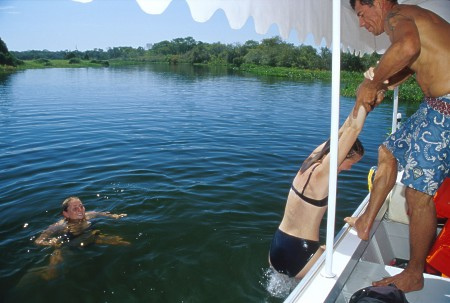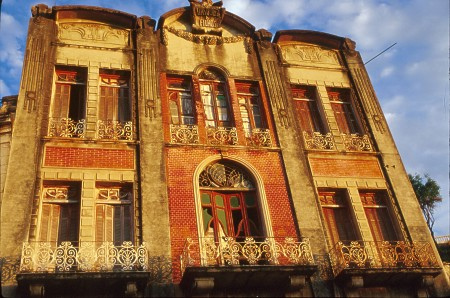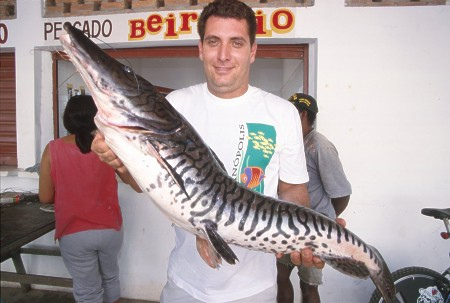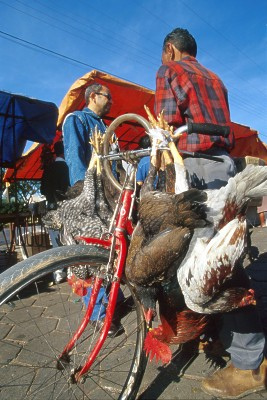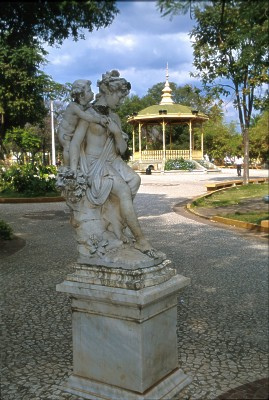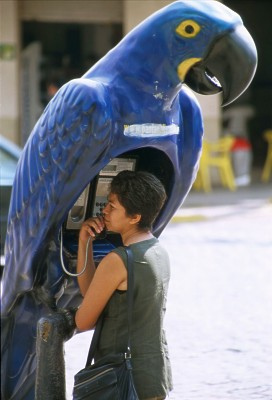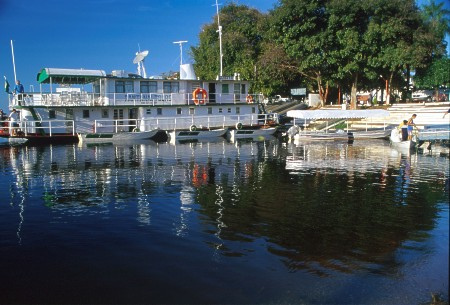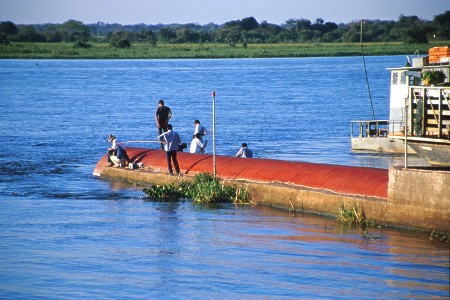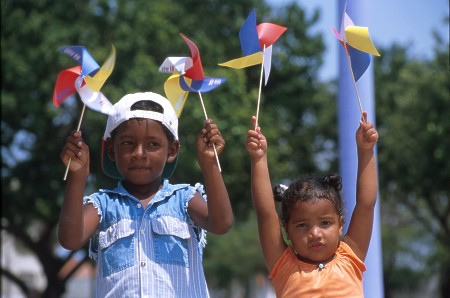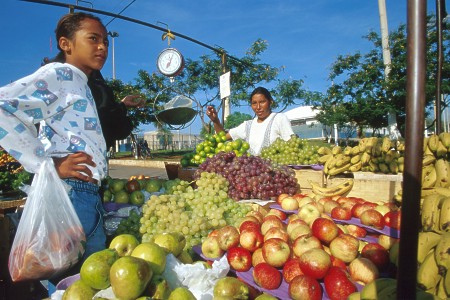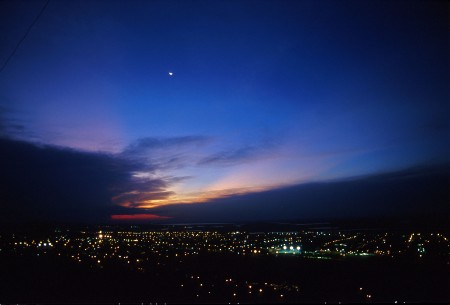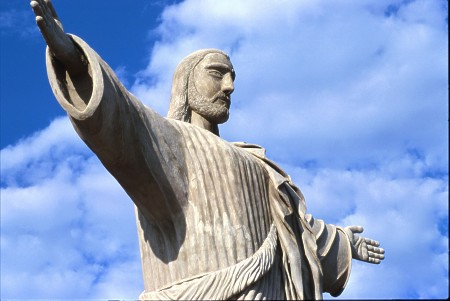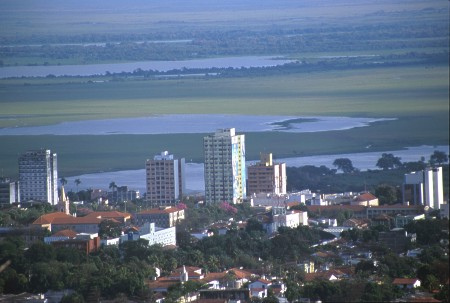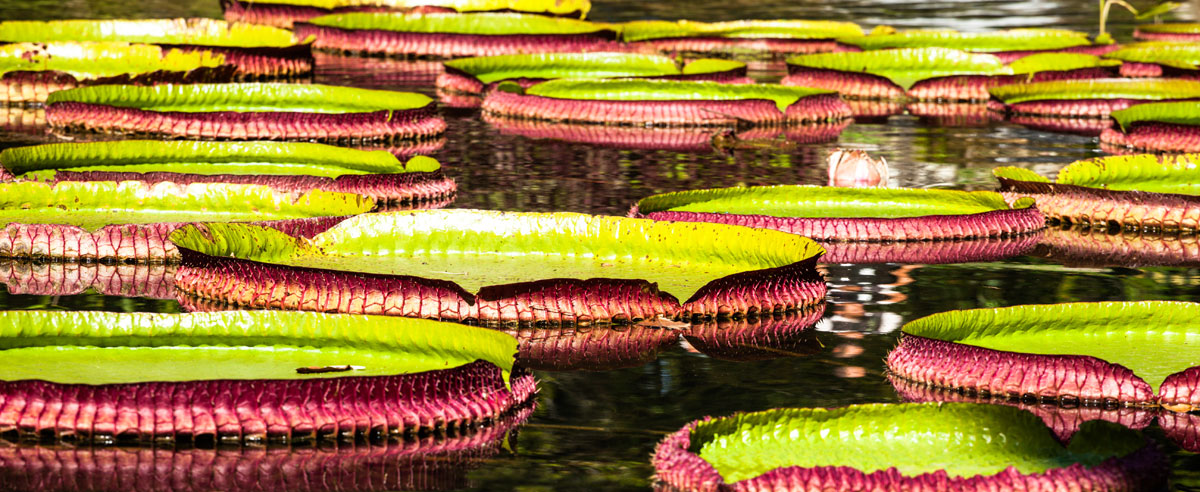
Historic Gateway into the Pantanal
Corumbá is a small historic town in the Brazilian state of Mato Grosso do Sul, located near the frontier with Bolivia. This is home to the Brazilian side of my family.
The town has been a feature on South America's backpacker circuit over the last few decades. Most international tourists remember Corumbá as a stopping point between Brazil and Bolivia - and/or where they caught their tour out to see the wildlife of the Pantanal. It's a historic little frontier town which serves as a regional centre for the nearby cattle ranches, and could hardly be considered a tourist attraction in itself. For Brazilians, the town is more famous as the launching point for fishing tours which are popular with business men and executives from São Paulo. With about 350 fish species including piranha, piraputanga, the prized Dorado, and several species of large catfish such as the Pintado - the location is a fisherman's paradise.
This region of Brazil was, until quite recently, described as Brazil's wild west. It was remote from the more heavily populated coastal regions and relatively undeveloped. Most of the area was given over to cattle ranching, with hard-living "pantaneiros" (name for the local cowboys) and a reputation for lawlessness. The territory was also the home to several Indian tribes, including the Guaycuru or Kadiweu who adapted to horse riding in much the same way as the Apache of North America.
Corumbá developed into a major river port in the 19th and early 20th centuries. The old buildings, which still line the Porto Geral riverfront, were storehouses exporting cattle and exotic animal skins taken from the local environment, such as jaguar, caiman and giant river otters. It was also a stop on the journey to gold mines further north in Mato Grosso. The town took a more strategic role during the War of Triple Alliance when Paraguay sought to annex the territory, invading the town and surrounding areas in a war that eventually pitted them against a combined alliance of Brazil, Argentina and Uruguay. The Paraguay river, which passes the town, was of major battles between some of the world's first ironclad vessels - and perhaps the bloodiest fighting in South American history.
Perhaps my favorite aspect of the town is its connection to the famed explorer Colonel Percy Fawcett. His journeys and widely reported disappearance in 1925 while looking mysterious Lost City of Z (along with many subsequent searches) provided a model for books and early Hollywood movies, which later became basis for Indiana Jones. Fawcett also reported his observations of the remote Ricardo Franco hills (Huanchaca Plateau) to his friend, Sir Arthur Conan Doyle - which became the basis for Doyle's book The Lost World. Fawcett used Corumbá as a base of operations when planning several of his earlier journeys. With its cobblestone streets and historic buildings, its not hard to imagine having stepped back into Fawcett's time.
Notably, Corumbá also features prominently in John Grisham's book, The Testament. This provides an interesting viewpoint of the town and surrounding region - which Grisham has visited on several occasions.
Banner image: Shutterstock/Curioso
